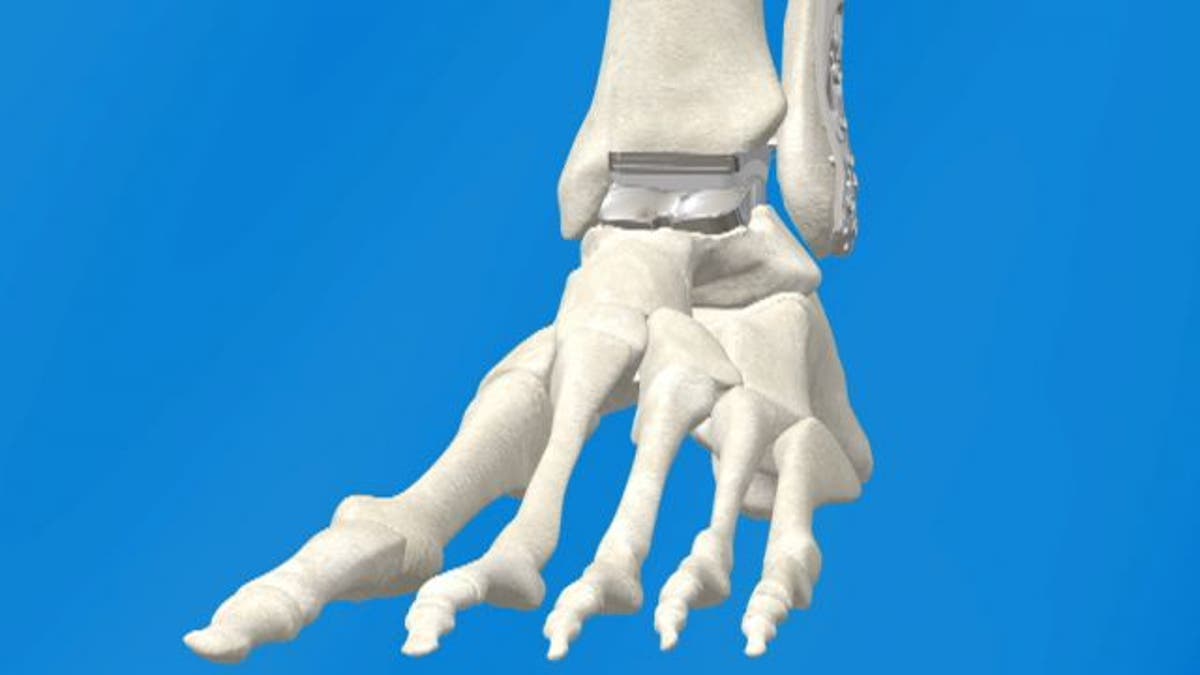
Replacing hips and knees has become a common affair. Now, people are increasingly swapping out weakened or injured ankles to get back on their feet.
Ankle replacement is an alternative to the more common fix, ankle fusion restoring more range of motion and flexibility. Newer artificial joints can include parts such as mobile bearings that make moving up and down on an incline easier. That helps patients climb stairs, hike, or ski, without putting undue stress on adjacent joints.
First introduced in the 1970s, ankle-replacement devices often failed, with high rates of infection and complications. They sometimes loosened after three to five years. Newer models are more durable, though they will generally have to be replaced again in 10 to 15 years. More insurers are covering the procedures, which can cost upward of $40,000 including hospital charges.
“The results with new implants are more predictable and outcomes far better than a decade ago,” says Mark Myerson, medical director of the Institute for Foot and Ankle Reconstruction at Mercy Medical Center in Baltimore.
Due to injury, repetitive stress, diseases including rheumatoid arthritis or just simple aging, ankles can suffer degenerative changes that can make walking, exercise and climbing stairs painful. As cartilage in the ankles wears away, bones are left rubbing against bones in a condition known as end-stage ankle arthritis, of which there are an estimated 50,000 new cases annually.
